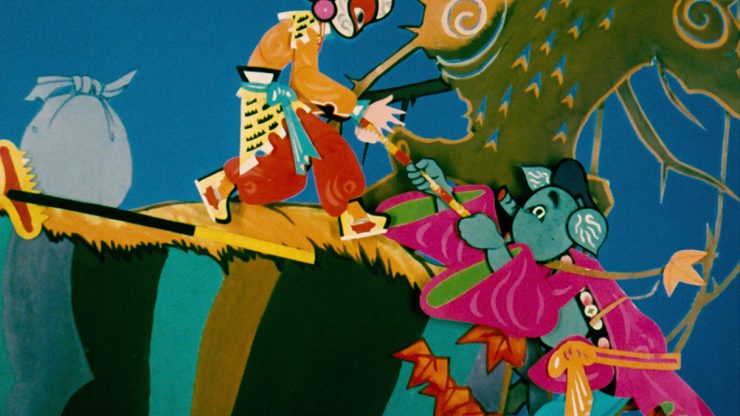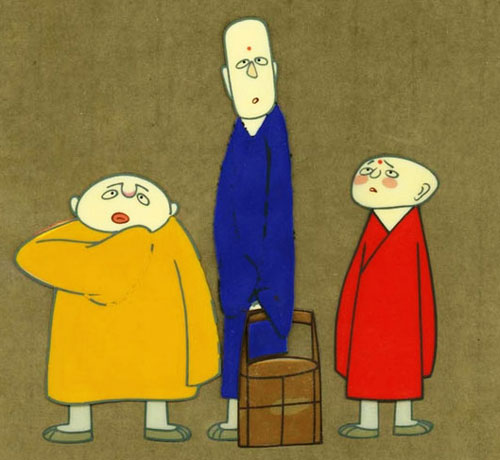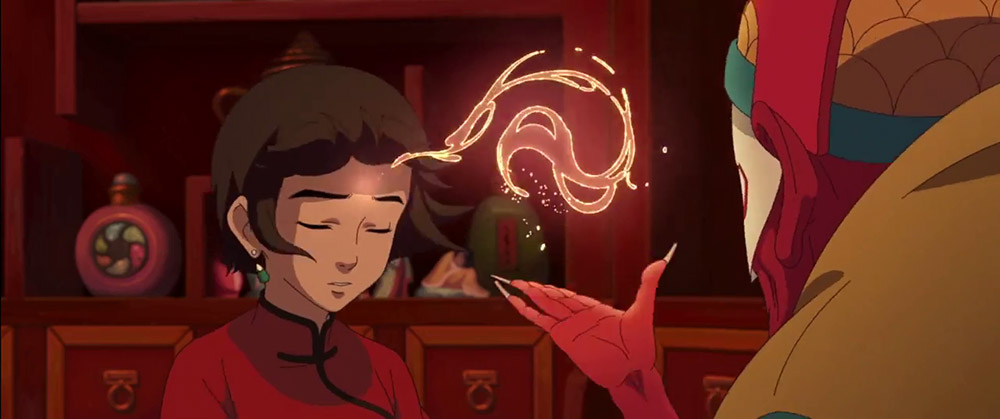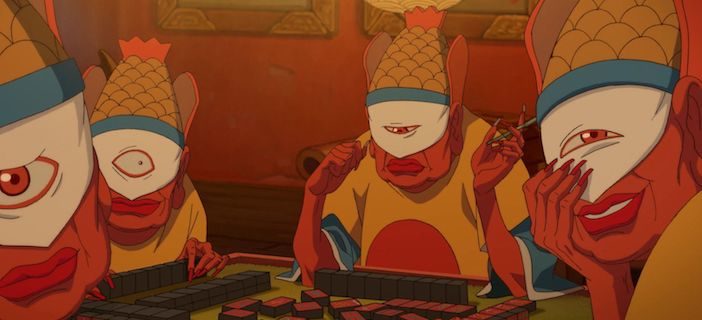China is a country with a rich history and culture, spanning thousands of years. Over the course of these years, many legends and myths sprang. Later travelers and scholars recorded these stories into books, scrolls, and other collections. Eventually, these myths and legends were adapted into many forms including animations.
Animation has a long history in China and can be traced back to the first century BC. In the early first Century BC, an engineer by the name of Ding Huan invented a device which is described as “on which many strange birds and mysterious animals were attached.” We can only imagine what this means, though this device is thought to be the earliest version of animation in China.
China began exploring modern animation in the 1920’s, with the four Wan Brothers being the pioneers of the medium. The brothers produced a variety of different animated films and also made at least 20 propaganda films about patriotic topics such as resistance against opium, Japan, and imperialism during the Second Sino-Japanese War.
A significant development in the field of animation was the founding of the Shanghai Arts and Film Studio in 1950. From the 90s onward, Chinese animation entered the digital era. At this time, the market was dominated by American and Japanese productions, leaving little room for China’s development. Still, despite these difficulties, Chinese animation is still growing.

Princess Iron Fan (1941)
This is the first Chinese animated feature-length film. The story is adapted from a segment of the famous Chinese tale, “Journey to the West.” The plot follows the adventures of Sun Wukong and his companions on their quest to bring the Buddhism scriptures back from India to China. In the middle of their journey, they request help from Princess Iron Fan to borrow her fan to put out the flames on Fire Mountain. This film is especially interesting because of the political conditions it was made in, as it was created with great difficulty during the Second Sino-Japanese war.

Pigsy Eats Watermelon (1958)
This short film was produced by the Shanghai Animation and Film Studios, also by the Wang Brothers. This involves another character from the “Journey to The West” story but is a spinoff from the original story and was made with a unique and innovative paper cutting animation method. In the film, Zhu Bajie (aka Pigsy) goes off to search for food for his travel companions and happens upon some watermelons. He gets greedy and enjoys the fruit all by himself. After the Monkey King discovers this betrayal, he decides to teach the greedy swine a lesson.

The Three Monks (1980)
The Three Monks is a short 20-minute long animation about daily life at a Buddhist monastery. This film was based on an ancient Chinese proverb: “One monk will shoulder two buckets of water, two monks will share the load, but add a third, and no one will want to fetch water.” The film does not contain any dialogue. Each of the three monks has their own distinct theme music made with a different musical instrument. The plot of the story starts with one little monk living alone on top of a hill in a temple. He brings two buckets of water to the temple every day. Then came a skinny monk and a fat monk, the three monks proceed to argue about who should do the chores. One day a fire broke out at the temple, and this is finally enough for the three monks to put aside their differences and fetch water together.

Big Fish and Begonia (2016)
Big Fish and Begonia is a Chinese fantasy film. It tells the story of Chun, a girl who lives under the sea with other mystical beings. When she travels to the human world as a dolphin, she gets caught by a fishing net but is saved by a boy who also drowns. After returning to her world, she is determined to save the boy’s soul and bring him back. What follows is a fantastic journey through this mystical realm. The development of the film started in 2004 in the form of a short flash animation the directors and creators posted online. After the animation was well received, the creators decided to make it into a full-fledged film. Eventually, after completely immersing themselves in the movie, they managed to finish the script in 2009, and after reaching out to Weibo were able to secure the well-needed funding. Fans praised this film as the dawn of a new era for Chinese animation.
Photos: planetzot.com, festival.sdaff.org, english.cri.cn, cnet.com




